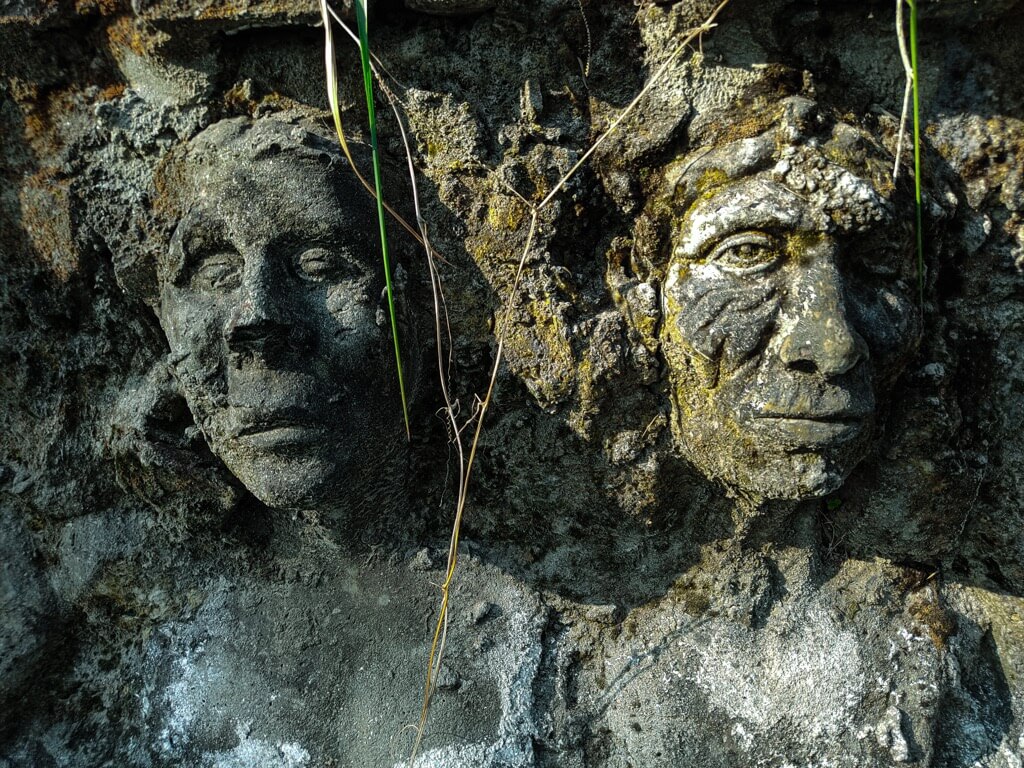Contrary to popular belief, bonsai didn’t sprout from China’s bonsai but from the Japanese interpretation of “penzai” or “penjing.” The roots of this art form trace back to China between 600 and 700 AD. It began as an intricate practice involving the cultivation of native trees in miniature containers, crafting mesmerizing landscapes gifted among the Chinese nobility.
Japan’s embrace of penjing blossomed during the Kamakura period (1192-1333 AD), stimulated by the advent of Zen Buddhism. Zen teacher Kokan Shiren played a pivotal role in refining this art form, simplifying penjing to focus solely on individual trees. This transformation birthed the essence of bonsai as we recognize it today.
The misconception that bonsai trees are inherently tiny overlooks their true nature. Bonsai encompasses common tree and shrub species like pine, maple, and azalea, sculpted through meticulous pruning techniques. Balancing each element, whether leaf or branch, is fundamental to achieving harmony in these miniature masterpieces.
Expositions like the St. Louis World’s Fair (1904) and the Paris Expositions (1878, 1889) catapulted bonsai onto the global stage, captivating audiences far beyond Japan’s borders. World War II brought both challenges and opportunities for bonsai, impacting its propagation and preservation.
Despite the post-war decline, bonsai experienced a resurgence, partly due to the fascination of Allied troops stationed in Japan. This international interest expanded its presence, leading to a more mainstream appeal, popularized further by films like “The Karate Kid.”
The Soulful Essence of Bonsai Trees
Bonsai trees aren’t merely ornamental; they serve as tranquilizing companions, adorning spaces with their exquisite beauty while offering a multitude of benefits. Their presence extends beyond aesthetics, contributing significantly to mental well-being and stress reduction, fostering a serene atmosphere.
Embedded in the symbolic representation of bonsai lies a deeper essence—harmony, inner peace, and spiritual balance. Many individuals find solace and a connection to the spiritual realm through the contemplative care of these miniature marvels, elevating their well-being beyond the physical realm.
For centuries, the bonsai tree has stood as a powerful symbol, embodying peace, strength, and resilience. Its delicate stature encapsulates sentiments of fortitude and harmony, making it a profound and meaningful gift for those close to the heart, symbolizing enduring bonds and shared tranquility.
The artistry of tending to a bonsai tree transcends generations. With meticulous care and dedication, these miniature trees become timeless treasures, passed down through family legacies. They stand resilient, outlasting many conventional companions, becoming lifelong silent confidants and cherished legacies.
The perceived expense of bonsai trees stems not only from their slow growth but also from the devoted care they require. Their price is a testament to the dedication and artistry invested in nurturing these living sculptures. Despite their monetary value, their true worth lies in the profound connections they foster, making them priceless gifts for loved ones.
What You Dont Know About Bonsai Trees
- Some bonsai trees have extensive lifespans, with some specimens in Japan dating back over 1,000 years. These ancient trees hold cultural and historical significance, representing centuries of nurturing and care.
- Contrary to popular belief, “bonsai” isn’t a particular tree species. Instead, it’s the art of shaping and cultivating trees in miniature form. Almost any tree species can be trained as bonsai, from pines and maples to junipers and even fruit trees.
- While bonsai trees are small, they maintain realistic proportions to their larger counterparts. Careful pruning, wiring, and training techniques create the illusion of a fully grown tree in a tiny form.
- Like their larger counterparts, bonsai trees experience seasonal changes and require periods of dormancy during winter. This natural cycle is essential for their health and vitality.
- Crafting bonsai involves intricate leaf reduction techniques. Leaves are often reduced in size through defoliation or selective pruning to maintain the tree’s miniature appearance.
- Bonsai artists employ deadwood techniques like Jin (stripped bark) and Shari (carved deadwood) to mimic the effects of aging, weathering, and natural elements on trees, adding character and depth to the bonsai’s appearance.
- Suiseki, the art of appreciating naturally formed stones, often accompanies bonsai displays. Paired with bonsai, these stones represent mountains, islands, or landscapes, enhancing the overall aesthetic appeal.
- Some bonsai species, like the azalea or wisteria, showcase breathtaking flowering displays. Bonsai enthusiasts meticulously time and prune to encourage these exquisite blooms.
- Bonsai isn’t confined to one style; it encompasses various forms like the formal upright, cascade, forest, and literati, each representing different tree growth patterns and natural settings.
- In some cultures, bonsai trees carry folklore and symbolism. For instance, in Japanese culture, the white pine bonsai symbolizes longevity and wisdom, adding a layer of cultural significance to these miniature trees.
Health And Spiritual Benefits Of Bonsai Trees
Stress Reduction and Mental Well-being
Bonsai trees offer a serene presence that aids in stress reduction and promotes mental well-being. Engaging with these miniature trees encourages mindfulness and relaxation, serving as a therapeutic activity that soothes the mind and helps alleviate anxiety and stress.
Enhancing Concentration and Focus
Caring for bonsai demands attention to detail and a focused approach. This practice of nurturing and shaping these delicate trees cultivates concentration skills, enhancing focus and mindfulness as individuals immerse themselves in the intricate tasks of pruning, wiring, and shaping.
Emotional Resonance and Spiritual Connection
For many, tending to bonsai establishes an emotional connection, fostering a sense of fulfillment and tranquility. It goes beyond a mere hobby, intertwining with spiritual growth and offering a channel for self-reflection and inner peace.
Therapeutic Benefits for Overall Health
The act of caring for bonsai trees involves physical engagement, from handling the trees to meticulously pruning and shaping them. This hands-on approach contributes to physical well-being, providing therapeutic benefits and encouraging movement and dexterity.
Stress Reduction: Scientifically Proven Impact
Scientific studies suggest that interactions with nature, even miniature forms like bonsai trees, have tangible benefits. Exposure to greenery and natural elements has shown to reduce cortisol levels, lower blood pressure, and positively impact overall mental health.
Creating a Tranquil Sanctuary at Home
Placing bonsai trees within living spaces creates a serene atmosphere, transforming environments into tranquil sanctuaries. The presence of these miniature trees infuses spaces with a sense of calmness and harmony, offering a respite from the chaotic pace of daily life.
Spiritual Harmony and Reflection
Bonsai’s spiritual significance resonates with individuals seeking harmony and balance. The meticulous care and nurturing of these trees mirror life’s cyclical nature, fostering introspection and a deeper understanding of the interconnectedness between nature and one’s inner self.
Connecting with Nature’s Rhythms
Engaging with bonsai allows individuals to synchronize with nature’s rhythms, appreciating the seasonal changes and embracing the interconnectedness between the natural world and human existence. This connection often sparks a profound sense of grounding and contentment.
Emotional Well-being Through Creative Expression
Shaping and designing bonsai trees encourage creative expression, providing an outlet for emotions and self-expression. This artistic endeavor stimulates the mind, fostering a sense of accomplishment and joy through the creation of living art.
Cultivating Patience and Serenity
The slow growth and development of bonsai trees teach valuable lessons in patience and perseverance. This cultivation of patience nurtures a serene outlook, encouraging individuals to embrace life’s journey with grace and tranquility.
Today, the legacy of bonsai endures, bridging ancient traditions with modern enthusiasts worldwide. Its allure persists, drawing individuals into a world where art, nature, and meticulous care converge, creating timeless living sculptures.




